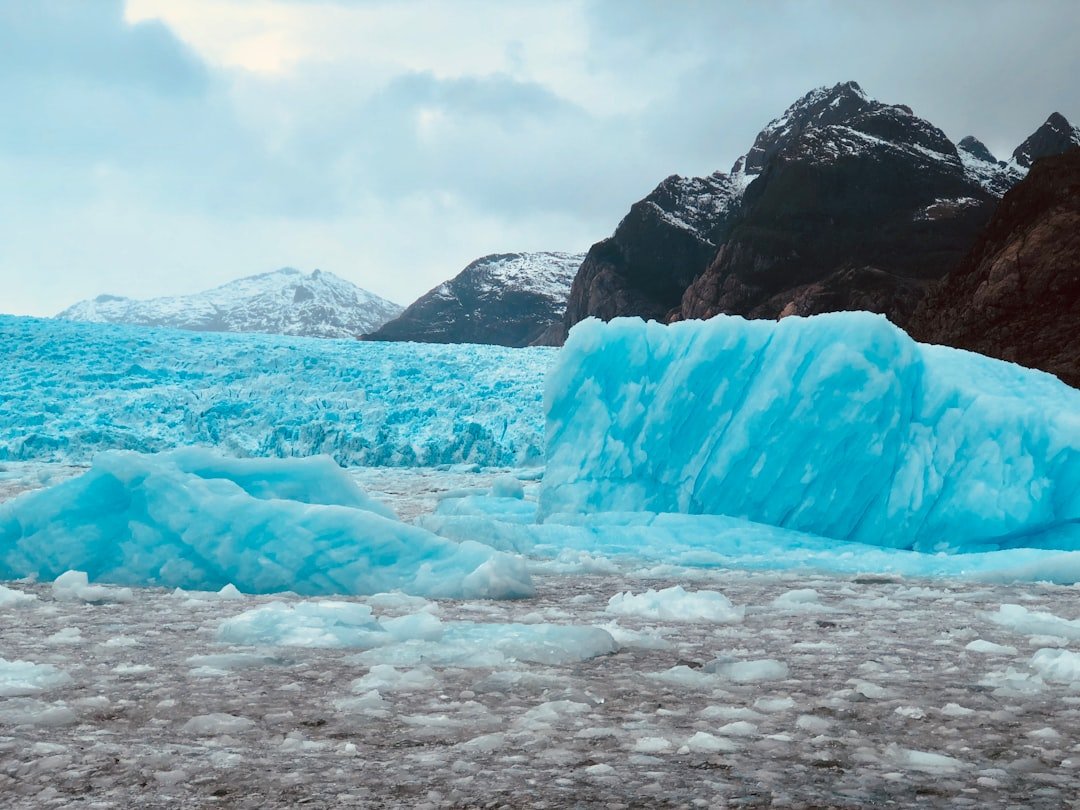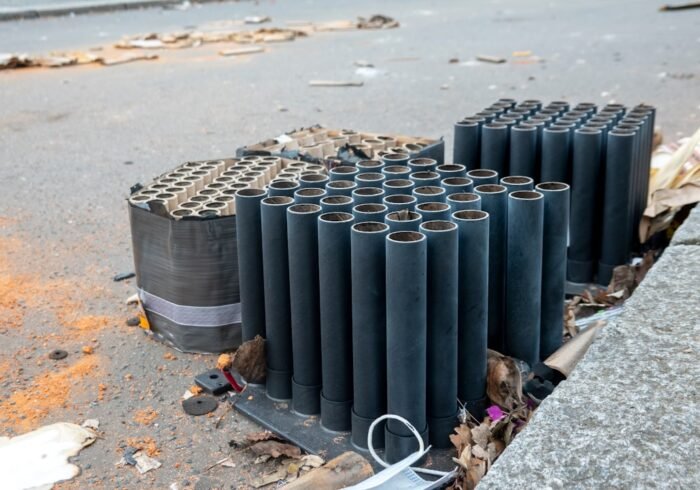The Diverse Effects of Climate Change Climate change has become one of the 21st century’s most urgent issues, impacting many facets of life on Earth. Numerous factors, including human health, economies, and social structures, are impacted in addition to the environment. Examining rising sea levels, extreme weather, community displacement, agricultural impacts, health implications, biodiversity loss, economic disparities, & the necessity of international cooperation, this article explores the many ramifications of climate change. One of climate change’s most obvious and concerning effects is rising sea levels. Ocean levels are rising as a result of the polar ice caps & glaciers melting at a never-before-seen rate due to rising global temperatures. If current trends continue, sea levels could rise by up to three feet by the end of the century, according to scientific projections.
Key Takeaways
- Rising sea levels and coastal flooding pose a significant threat to coastal communities and infrastructure.
- Extreme weather events and natural disasters are becoming more frequent and severe, leading to widespread destruction and loss of life.
- Displacement of communities and loss of habitat are increasing due to the impacts of climate change, leading to social and environmental challenges.
- Climate change is impacting agriculture and food security, leading to reduced crop yields and food shortages in vulnerable regions.
- The spread of infectious diseases is increasing due to changing climate patterns, posing a threat to global health and well-being.
Coastal communities around the world, where millions of people live in low-lying areas susceptible to flooding, are seriously threatened by this phenomenon. Rising sea levels have consequences that go beyond simple flooding. Natural barriers that shield inland areas from storm surges are disappearing as a result of the erosion of coastal ecosystems like salt marshes and mangroves.
Along with lowering biodiversity, these ecosystems’ degradation also lessens coastal regions’ innate resistance to extreme weather events. Rising sea levels and more frequent flooding put policymakers and urban planners in a difficult position as they must respond to the pressing need for adaptation measures. Extreme weather events have become more frequent and intense in recent years, a trend that scientists attribute to climate change. Increased frequency and intensity of hurricanes, droughts, heat waves, and heavy precipitation are devastating infrastructure and communities.
For example, hurricanes have gotten stronger because of warmer ocean temperatures, causing devastating damage in places like the Caribbean and the southeast United States. Following such catastrophes, communities frequently face difficult long-term recovery issues. Also, extreme weather events worsen pre-existing vulnerabilities in underprivileged communities, so they do not equally impact all regions. Disadvantaged populations are disproportionately affected because these areas frequently lack the resources needed for efficient disaster preparedness and recovery. Comprehensive disaster management plans are more important than ever in order to shield vulnerable communities from the destructive effects of extreme weather, which are being exacerbated by climate change.
| Metrics | Data |
|---|---|
| Global Temperature Increase | 1.2°C since pre-industrial levels |
| Sea Level Rise | 3.3 mm per year |
| Extreme Weather Events | Increasing in frequency and intensity |
| Arctic Sea Ice Loss | 13.1% per decade |
| Carbon Dioxide Levels | 415 ppm (parts per million) |
With the acceleration of climate change, displacement has become a major problem impacting millions of people globally. Communities are forced to leave their homes in search of safer living conditions due to extreme weather events, rising sea levels, and changing environmental conditions. In coastal cities and island nations where entire populations face the possibility of becoming climate refugees, this phenomenon is especially noticeable. In addition to upsetting people’s lives, habitat loss weakens cultural identities associated with particular landscapes. As communities relocate to cities or other nations in quest of stability, the displacement brought on by climate change may result in serious social unrest.
In receiving areas, this influx may put a strain on available resources, resulting in disputes over public services, employment, and housing. Also, as they struggle with loss & future uncertainty, displaced people may suffer from severe psychological effects. In order to overcome these obstacles, a multipronged strategy that takes into account both short-term humanitarian requirements & long-term fixes for sustainable relocation is needed. The world’s agriculture and food security are seriously threatened by climate change.
Crop yields & livestock production are directly impacted by altered weather patterns, such as changes in rainfall and temperature extremes. Problems for farmers are getting worse, like floods that ruin crops or droughts that drain water supplies. These disturbances have an impact on international markets in addition to endangering regional food supplies.
In developing nations, where agricultural systems are frequently less resilient to climate variability, the consequences for food security are especially severe. The changing growing conditions brought about by climate change put smallholder farmers, who mainly depend on predictable weather patterns for their livelihoods, at increased risk of food insecurity. Increasing the frequency of crop failures increases the risk of hunger and malnutrition, so it is imperative to take immediate action to create agricultural practices that are adaptable to changing climate conditions.
Beyond physical harm from extreme weather events, the spread of infectious diseases is another aspect of climate change’s health effects. Malaria, dengue fever, & Lyme disease can all rise as a result of warmer temperatures that provide ideal conditions for disease-carrying vectors like ticks and mosquitoes. Previously unaffected populations may now be at risk as these vectors spread their range as a result of changing climates.
Also, because climate change affects access to clean water and air quality, it makes pre-existing health problems worse. Higher air pollution levels, which are connected to cardiovascular and respiratory disorders, can result from rising temperatures. Children, the elderly, and people with pre-existing medical conditions are among the vulnerable groups that are most at risk. In order to address these health consequences, a thorough public health response that incorporates healthcare planning and climate adaptation techniques is needed.
Ecosystems around the world are in danger due to the loss of biodiversity, which is another serious effect of climate change. As temperatures rise and habitats change or vanish completely, many species find it difficult to migrate or adapt to better habitats. Species populations may decline as a result of this disturbance, & those that cannot adapt to the fast changes may even go extinct. For ecosystem services that humans depend on for clean air, water purification, crop pollination, and climate regulation, biodiversity loss has significant ramifications.
The delicate balance within food webs is also impacted by ecosystem disruption. More ecological imbalances may arise from the overpopulation of other species as a result of the decline or extinction of certain species. Ecosystems that are degraded endanger not only wildlife but also human livelihoods that rely on natural resources. To save endangered species and repair ecosystems harmed by climate change, conservation initiatives must be given top priority.
Climate change has wide-ranging and intricate economic effects that frequently exacerbate already-existing disparities within and between countries. Although wealthier nations may have greater financial means to devote to disaster relief & adaptation measures, poorer countries frequently suffer the most from the effects of climate change even though they emit the fewest greenhouse gases. This discrepancy draws attention to a crucial moral conundrum in the fight against climate change: how to guarantee fair assistance for disadvantaged groups while advancing sustainable growth. Also, sectors like agriculture, fishing, and tourism that depend on natural resources are especially vulnerable to disruptions brought on by climate change. These industries may experience job losses and economic instability as a result of the growing challenges posed by shifting weather patterns and environmental degradation.
When formulating climate resilience strategies that give equal weight to social justice & environmental sustainability, policymakers must take these economic implications into account. The complex issues raised by climate change necessitate strong international collaboration & coordinated mitigation measures. The goal of international accords like the Paris Agreement is to bring nations together in their dedication to cutting greenhouse gas emissions and halting global warming.
But in order to achieve these objectives, developing countries that might not have the financial means to take effective climate action also need political will. There are several ways that countries can work together, from technology transfer to developing capacity in areas that are at risk. Countries can create novel solutions suited to their particular situation while promoting resilience against the effects of climate change by exchanging information and resources. Environmental justice grassroots movements are also essential for ensuring that underrepresented voices are heard in decision-making processes and for holding governments responsible.
In summary, the effects of climate change are extensive and interrelated, impacting all facets of life on Earth, from the spread of infectious diseases endangering public health to rising sea levels endangering coastal communities. As the world struggles with these issues, it is becoming more and more obvious that cooperation is necessary to lessen the effects of climate change & create a sustainable future for everybody.



